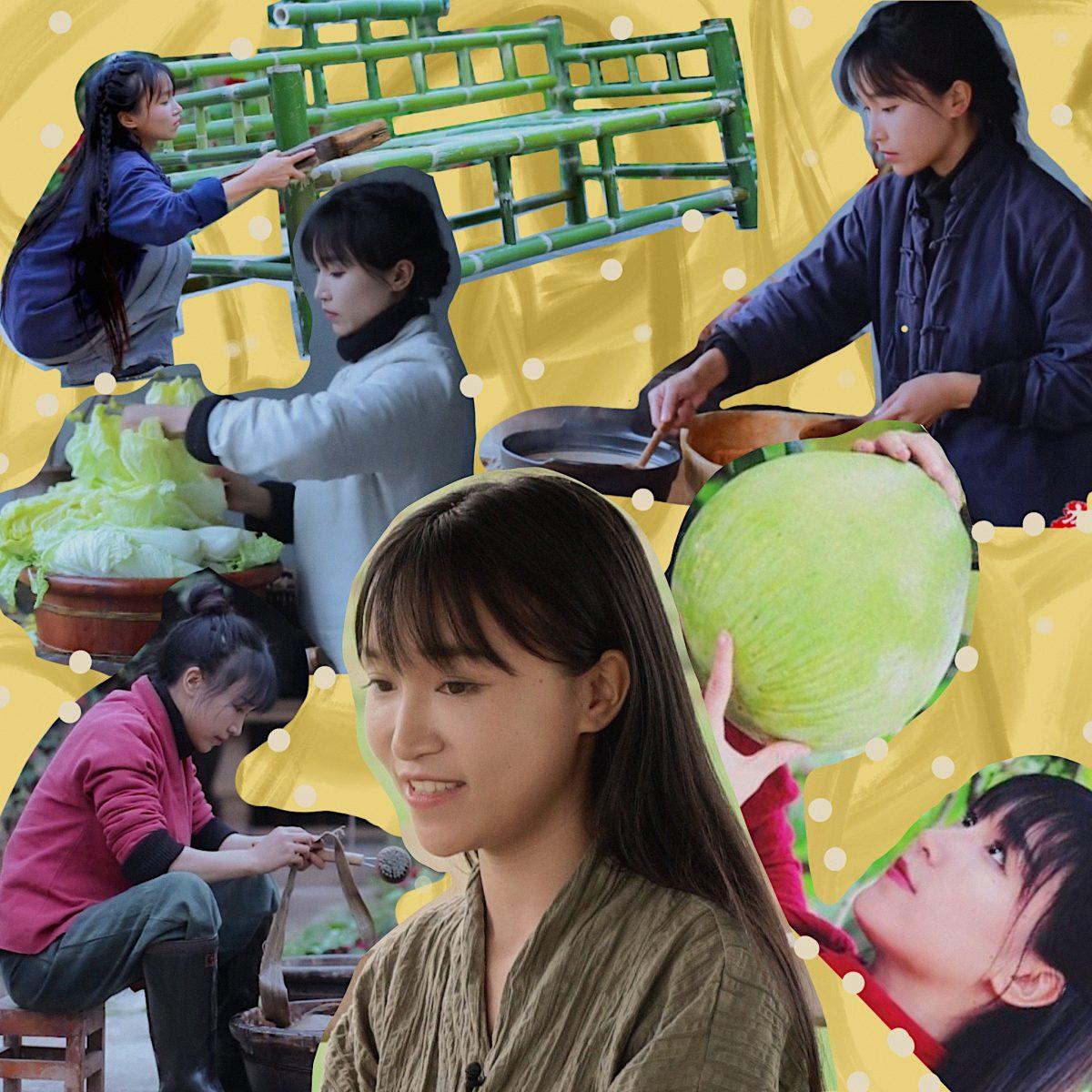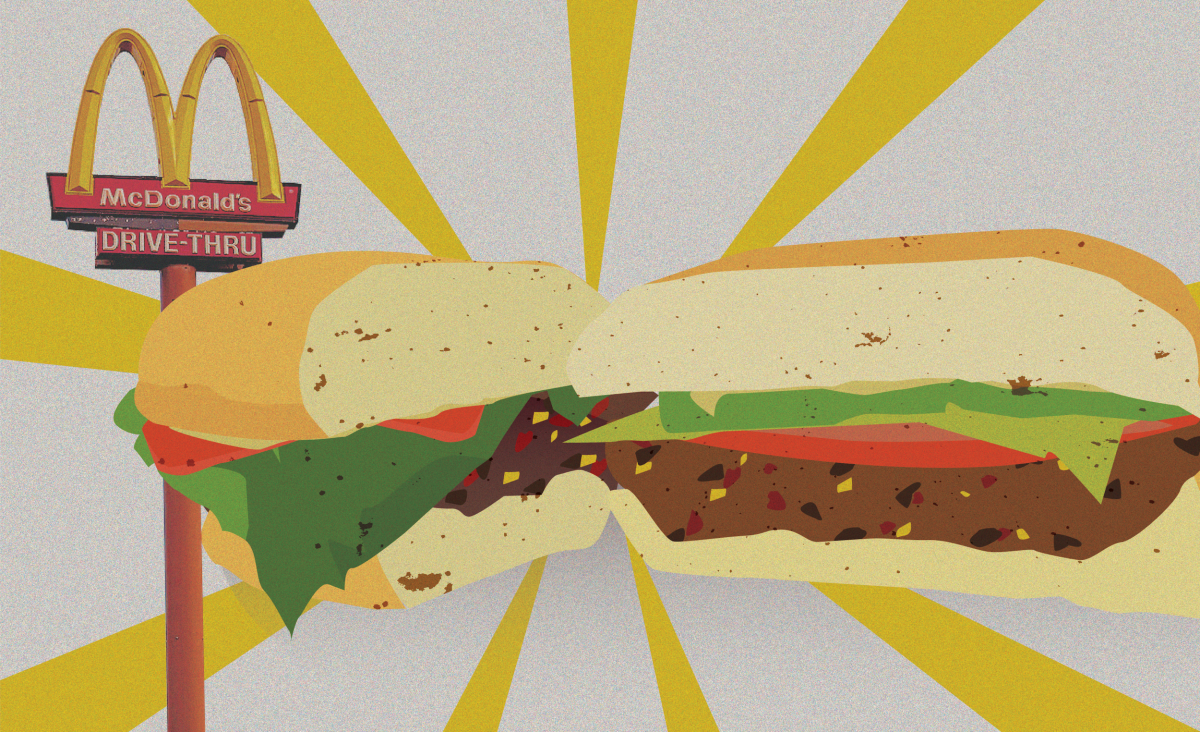I have always loved food. Beyond just enjoying my meals, eating and cooking food became important to me as one of the only connections I had to my family and to my culture.
Story by Kim Hsun
Illustration by Esther Shin
Cooking created a bond to my immigrant parents and their history that I would not otherwise have. As I took their Chinese/Taiwanese heritage and mixed it in with my American upbringing into every meal I made, I built a unique connection to my roots. I have always been intrigued by the ties that can be created by food to an individual’s background, and this intensified once I went to college and became homesick. At that point, one of the only things that reminded me of home and of good memories were the foods that cured my homesickness. I knew this was a universal feeling, and I wanted to know how food has connected people of different backgrounds to their homes and the world around them.
Personally, the dish I miss the most from home is my dad’s tomatoes and scrambled eggs. It is one of the first recipes I learned how to cook and I still make it as a meal whenever I feel particularly homesick. We used to eat it almost everyday for dinner, because it was my brother’s favorite dish growing up and one of the only things my dad made that I could eat when I became a vegetarian. My mom is not the chef of the house but this recipe is so easy to make that she would cook it up for us as a quick dinner whenever my dad was not home.
The dish is simple, made up of just tomatoes, eggs, green onion and a bit of ketchup to thicken the mixture. You chop up the tomatoes and have them cook a little bit in oil. Then you cook the eggs in a pan like any way you already make scrambled eggs. Add a little salt and pepper while it cooks and throw in some ketchup if you would like.
I also always add a little bit of vinegar (my favorite is ChinKiang black vinegar, but regular will do) to the pan once all the tomatoes have simmered to add another element of flavor. Serve with rice, a rice-quinoa mixture (my favorite) or enjoy it by itself for an easy, delicious meal.
When I do not have time to cook, I usually heat up a red bean bun. I always stock up on the freezer versions whenever I go to the Asian market so I can heat one up when I feel sick or crave something from an Asian bakery.
Electrical engineering sophomore Ryan McCray discussed the handmade black bean burgers his mom made when asked what he craved when he was homesick. “They were the first meal I had after my mom told the family she was going vegan eight years ago, and since she was the chef, that meant all meals made in that house were going to be vegan,” McCray says. “I was young and rebellious and told her that I hated them and wanted meat, but I secretly loved them. Now, whenever she asks what I want for dinner, I usually ask for them.”
Biochemistry freshman Jacob Lugo grew up in San Antonio, but their roots are in El Paso and with Mexican dishes. “A home dish I certainly do crave often has to be picadillo con papas y arroz (picadillo with potatoes and rice),” Lugo says. “The best memories I have from growing up were smelling the beef cooking in the kitchen all the way from my bedroom. I would sit there and wait to hear my grandmother scream, ‘Niños, vengan a comer!,’ which roughly translates to, ‘Children, come eat!’”
Lugo also often cooks whenever they feel homesick. “Cooking reminds me of my grandmother and the good times I have had with family. Just taking time to cook huge meals and consume it all.” Lugo says. “I recently made chicken tacos with rice and beans in my apartment after craving them for so long. It took a few hours, but it was really nice just creating foods and sitting down with my friends to enjoy a huge, family-style dinner. I eat a lot, and I will eat anything. But, the memories behind my favorite home dishes make them that much better.”
Business sophomore Kylie Ting enthusiastically answered “vegetable porridge!” when asked what she missed the most from home. “My mom and I would always make it as our go-to meal. It’s super simple to create and delicious to any vegetable lovers. We essentially boil a pot of rice and mix in bok choy, leftover meat, tofu and anything else we can find in the fridge. Afterward, we would add salt and sesame oil,” Ting says. “This porridge isn’t anything fancy. In fact, it’s most commonly made by people who live in the poorer rural areas of China. But for some reason, it tastes the most comforting and makes me feel good inside.”
Other comfort foods for Ting include Korean pears and tangyuan, a soup with sweet, usually red bean-filled, dumplings. “Food defines my home because each dish is made out of love and care for another family member. We are all aware of each other’s favorite foods and individual tastes, so every time we choose to eat or make a dish, it’s for the happiness of those around us,” Ting says. “As a child of immigrant Chinese parents, the cooking methods used by my mom have passed down to my brother and me. In this way, we share both a culture and a way of living. For instance, my brother and I would cook noodles together for lunch on the weekends, or fold dumplings by hand on Friday nights with the TV on.”
Given these experiences, Ting also reflected on the greater meaning of homesick helpings. “For us, Chinese food naturally brings us together, whether we are conscious of it or not.”












































